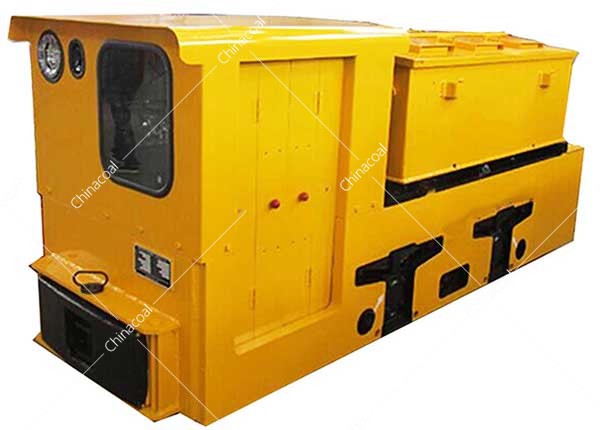Underground Electric Locomotive - Obstacle Detection Method
Underground electric locomotives need to reliably detect obstacles during operation to ensure the safe operation of the train. The following are some common Underground Mining Locomotive obstacle detection methods:
1. Mine electric locomotives Ultrasonic sensor: Use ultrasonic sensor to detect obstacles in front of the train. Ultrasonic sensors emit ultrasonic pulses that are reflected back to the sensor when they encounter an obstacle. By measuring the reflection time and calculating the distance, the location and distance of the obstacle can be determined.

2. Infrared sensor: Infrared sensor is also a common detection method. These sensors detect the presence of obstacles by sending out an infrared beam and measuring whether the beam is blocked by an obstacle. If the beam is blocked, the sensor triggers an alarm or stops the train.
3. Camera and image processing: Install a camera in front of the train to detect obstacles through image processing technology. Computer vision algorithms can identify objects in images and determine their distance and location from the train. This approach often requires highly complex algorithms and hardware support.
4.Mine electric locomotive Lidar: Lidar can be used to generate a three-dimensional map of the front of the train and detect any obstacles. LiDAR determines distance by sending a laser beam and measuring its return time. The advantage of this method is high-precision distance measurement and accurate detection of obstacles.
5. Microwave radar: Microwave radar sends microwave signals and measures their reflections to detect obstacles. Microwave radar is usually able to penetrate some obstacles, such as rain and snow, and therefore can work reliably in different weather conditions.
6. Electromagnetic induction: Use the principle of electromagnetic induction to detect obstacles in front of the train. This method detects nearby objects by measuring changes in induced current.
7. Inertial navigation system: Use inertial navigation sensors, such as accelerometers and gyroscopes, to detect changes in the train's acceleration and angular velocity. Unusual changes may indicate the presence of an obstruction.
Usually, the obstacle detection system of underground electric locomotives uses a variety of sensors to improve the reliability and accuracy of detection. In addition, real-time data processing and decision-making systems are critical components to take appropriate actions based on sensor data, such as emergency braking or issuing warnings.
